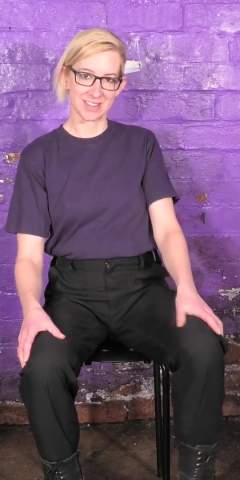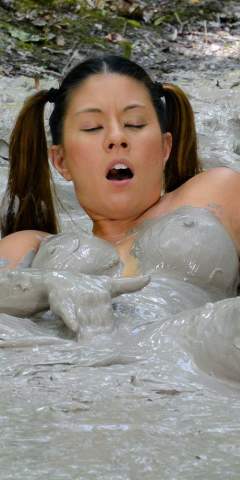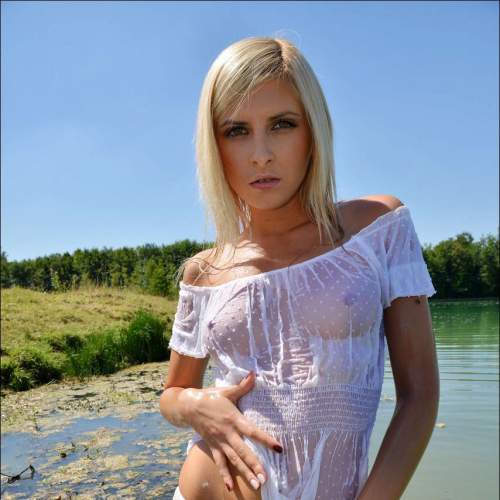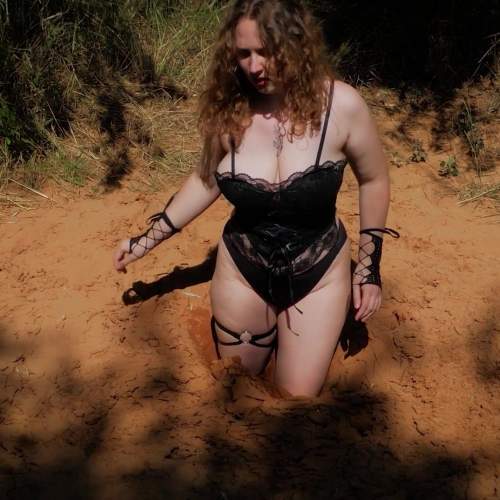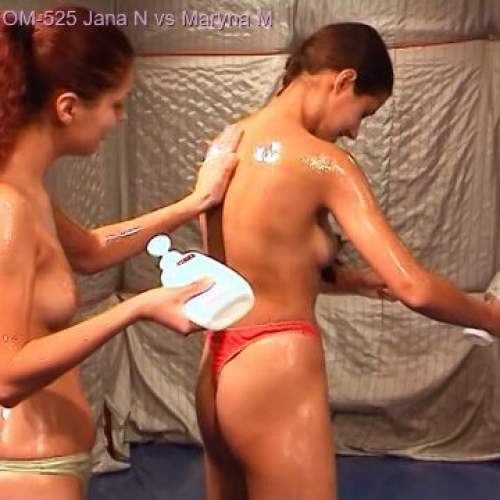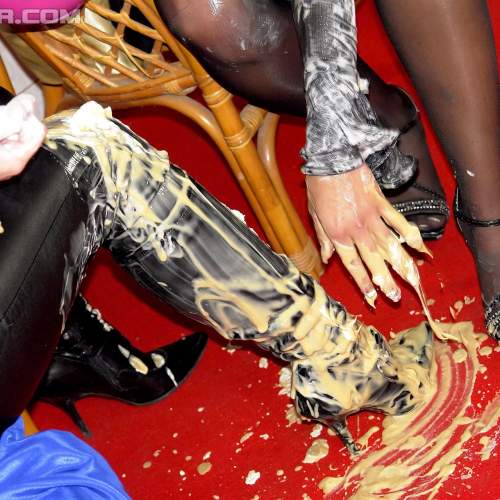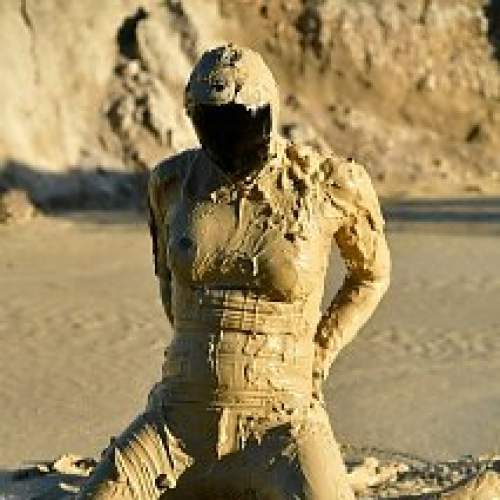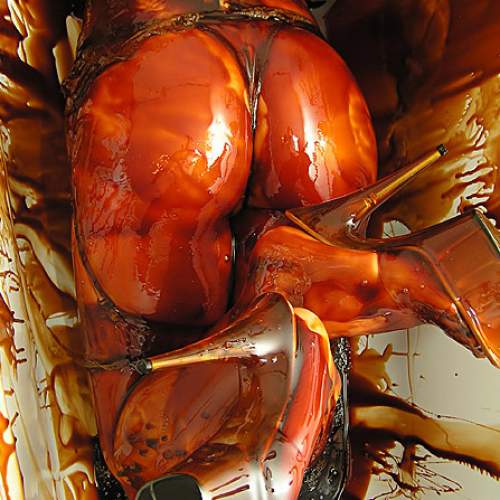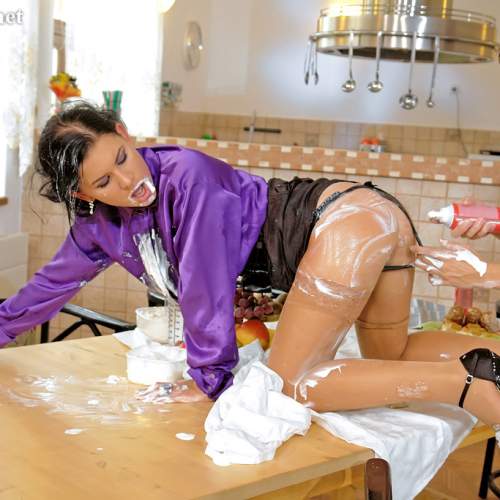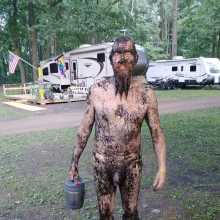|
|
|||
| forums: groups: | |||
|
"Coloring your hec / Natrosol"
Looking for suggestions on what you use to color your hydroxyethylcellulose gunge. The most important consideration is that it be safe for sex. We've used food coloring in the past which works reasonably well but would love something that provided a higher opacity and possibly more vivid coloring.
I wouldn't colour it at all, but that is just me.
rpshuffles said: Looking for suggestions on what you use to color your hydroxyethylcellulose gunge. The most important consideration is that it be safe for sex. We've used food coloring in the past which works reasonably well but would love something that provided a higher opacity and possibly more vivid coloring.
Colourings:
Back in the days of NHP the BBC used to colour gunge with something called Helizarin dyes (not entirely sure I've spelt Helizarin correctly) but it is inadvisable to try pursue. Not only was it hard to get hold off (I believe patented by a single company that was loath to sell it to ordinary punters) but also was more likely to stain clothing than other colouring solutions.
I personally have always used powder paints to colour Natrosol. Regarding opacity and vividness it is important to understand how colouring and lighting work to get the best out of it.
Opacity:
Uncoloured Natrosol solution (or simply uncoloured gunge) is transparent (with only a slight tinge of hue) because it allows pretty much all wavelengths of visible light to pass through it. When you colour it with a specific colour of powder paint or food colouring your chosen pigment works by reflecting the wavelengths of light specific to that colouring but allowing the other wavelengths to continue to pass through. For example simply adding green colouring to your gunge will mean that green wavelengths are reflected so it looks green but other wavelengths pass through giving you some transparency so you get a transparent wine bottle like green.
The key to making opaque coloured gunge is White colouring. White reflects all wavelengths of visible light that falls on it, as such when in your gunge solution it prevents any wavelength of visible light from passing through it so that it now becomes opaque. If you add another colour along with the white then you get an opaque gunge in that colour. So green powder paint with a spoon of white powder paint added will when mixed with the gunge create an opaque green gunge.
It should be noted that some colourings and paint may already have a bit of white already added to them by the manufacturer to make the colour look brighter such that it may not be necessary to add white to some colours to get opaque gunge because the white has already been added unbeknownst to you.
Vividness - Pigment:
In general the more light of the desired wavelength that the colour reflects the more vivid that colour will be. For this reason UV glow in the dark paints (also available in powder paints) create particularly bright colours as they reflect the UV wavelengths of light we can't see back in the wavelength of a colour we can see making it seem brighter and more vivid. Indeed it is for this reason many detergents slip in a little fluorescent dye to make washing seem brighter and cleaner.
There are a couple caveats to be aware of on this, firstly trying to make opaque neon red gunge is particularly tricky as the small amount of white you need to add to make the gunge opaque can make the neon red more like a crappy pink and I say crappy pink because if you want neon pink the UV pink powder paints that are available are much more impressive than what can result from too much white in the neon red.
Second caveat is that Brown is not a colour in the sense of being a particular hue. Brown is a dark orange and our perception of brown's browniness comes from the contrasting brightness of it compared to its surrounding colours as shown in this illusion in which the exact same colour looks either orange or brown depending on the brightness of the colours surrounding it: https://www.researchgate.net/figure/Left-Visual-illusion-showing-that-even-if-two-regions-of-the-visual-scene-emit-similar_fig1_321423311 . The take away from that is that you can't have a "bright brown" as that is orange but that if you want to emphasise the brown of something you need to either darken it OR make the surrounding colours brighter/more vivid.
Vividness - Lighting:
Anyway as the vividness of most colours of gunge depends on reflecting light the amount and type of lighting illuminating your scene also has an impact. If you're in a room lit with long life incandescent light bulbs the light they give off a yellowy light. With more yellow wavelengths of light and fewer blue wavelengths of light you can expect gunge with more blue hues will look duller and less vibrant. Modern day LEDs are better at getting a white colour to illuminate all hues equally though can often be a little underpowered. If looking to shoot video a proper lighting rig works wonders to help ensure colours remain vibrant.
Vividness - Considerations if recording footage:
Things become more complicated when shooting video or photos than just wanting vibrant colours as now you need to take into account not only how cameras capture images but also how they will be displayed on a screen by someone watching them. This in itself is a massive topic but to give a really dumbed down basic rule for anyone wanting some tips wanting to get the most pop of colour out of their gunge then avoid having any light sources directly in the frame of what you are shooting no matter how impressive you think it looks in person unless absolutely necessary for the realism of the scene.
I'm already conscious that I've blabbered on too long I won't go into everything about dynamic range and so forth (people that wish to get the full explanation are free to DM me) but for a grossly simplified explanation with a light source in the frame exposure needs to be reduced to prevent overexposure. This means less light coming from other parts of the scene being captured by the camera. As we have explored how vivid colours look depend on how much light is reflected by them and if the camera is capturing less of that reflected light it will not look as vivid.
Furthermore a light in frame can complicate colour correction in post-production even for one camera but made an even bigger arse pain if you have a multi-camera set up in which the light was in frame for one camera but not another and you didn't manually configure each camera you are faced with the joy of trying to make footage from two very differently exposed cameras have the same level of brightness or face giving your audience the jarring experience of cutting back and forth between a darker and lighter camera angles.
Sponsors
To avoid content being blocked due to your local laws, please verify your age ?
Sponsors
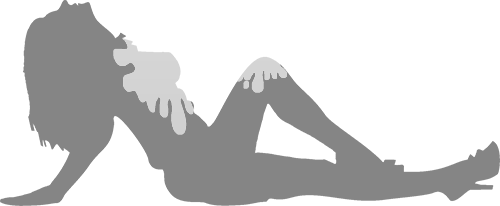
Design & Code ©1998-2025 Loverbuns, LLC 18 U.S.C. 2257 Record-Keeping Requirements Compliance Statement
Epoch Billing Support Log In





 Love you, too
Love you, too








